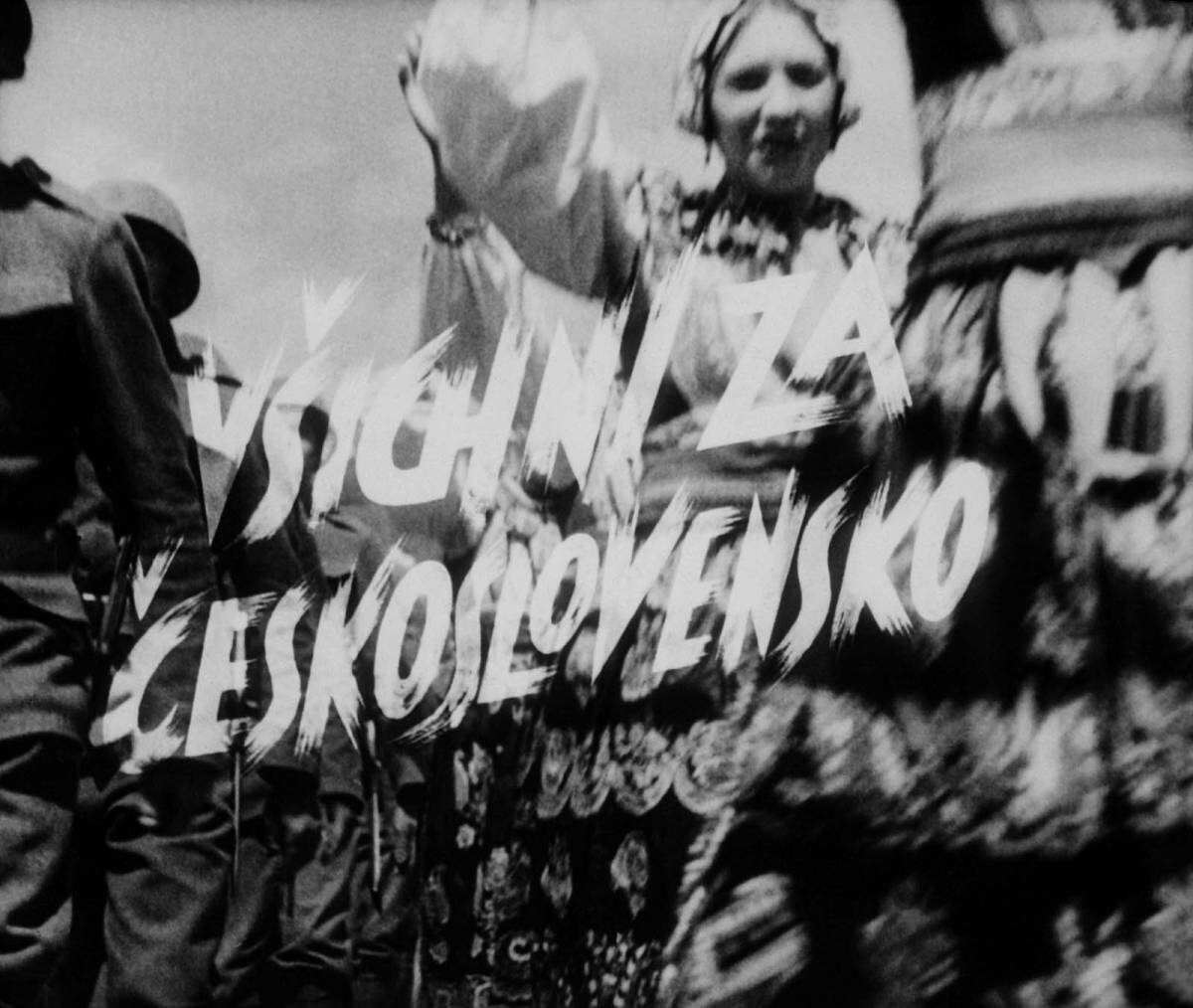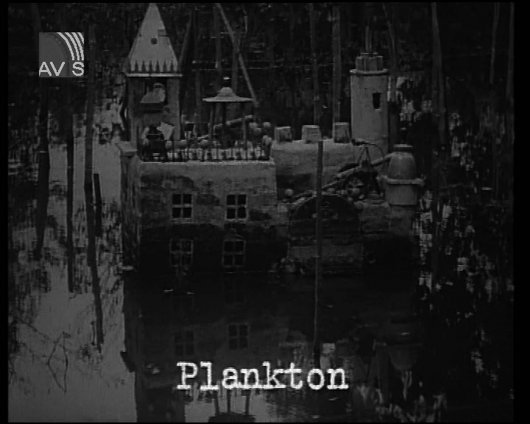Army Film and the Avant Garde?
The seeds for this book were planted in autumn 2003, when, in a drafty stone military building near Prague Castle, I found myself among stacks of metal film canisters, watching a newsreel segment that documentarian Karel Vachek had had made while serving in the Czechoslovak Army Film studio in the 1960s. Vachek is best known for Elective Affinities (Spřízněni volbou), his vérité take on the Czechoslovak presidential election in March 1968, as well as his long-format “film novels” documenting the country and its successor states post-1989, and the newsreel was true to form: a compilation of Warsaw Pact military footage that, as film scholar Martin Švoma puts it, makes a parody of its subject.
Filmmakers, sometimes famous ones, have worked for militaries for as long as cinema has existed. At home in the United States, I had watched Frank Capra’s Why We Fight series and taken the films, like the U.S. Army recruitment videos that proliferated after 9/11, as a yardstick: military films, I’d assumed, were by definition conventional, heavy-handed works of propaganda that marshaled the considerable funds (and by extension the production capacity) of their sponsoring institution. But Vachek’s newsreel, and the other films he made during his time in Army Film, were different. While technically newsreels or documentaries, they were formally unclassifiable, verging on surrealist. They mocked the very idea of the military, skewering its seriousness and self-importance, and so I took them as an anomaly.
They were not an anomaly, however, and that is the story this book tells: how, in the 1950s and the 1960s, Czechoslovakia’s Army Film Studio made films that one might never imagine could be made by an army, let alone at the height of the Cold War—a war, after all, that was as much about words and images and ideas as it was about battles. In the period the book examines, from the late 1920s through the early 1970s, the military played a unique role within Czechoslovak cinema, helping shape it institutionally, conceptually, and even formally. By the late 1960s, Army Film had arguably become the most permissive space for film production in Czechoslovakia, best known for a series of films—most of them nonfiction—that rivaled the contemporaneous New Wave in their aesthetic innovations, while challenging political orthodoxies and military regulations. How, the book asks, could this kind of formal experimentation emerge in the army, an institution that is defined by, and depends on, regimentation and conformity? And how could an institution at the very core of the state (if we follow Max Weber’s definition of the state as the entity that maintains a monopoly on the legitimate use of physical force) not just sponsor, but openly support, films that critiqued the state?
From Karel Vachek’s film Stoletá voda (1965). Photo courtesy of Národní filmový archiv
I have framed these questions as paradoxes here, but after nearly a decade sifting through files in the Military Historical Archive and National Archive, examining newspapers and journals, watching films, and interviewing filmmakers who worked in the studio during their years of military service, it became clear that Army Film’s history was absolutely unparadoxical: that, from the interwar years onward, Czechoslovakia’s military film institutions understood themselves as a particular incarnation of the avant-garde. As modernist photographer Jiří Jeníček argued when he led the Czechoslovak Republic’s Film Group in the 1930s, military cinema should serve as a “vanguard” (a word he borrowed deliberately from his sponsoring institution), embracing a process of trial and error in the pursuit of new understandings of and uses for cinema, and new forms of film language. This institutional identity had remarkable staying power—even, with some modifications, in the early 1950s, the darkest years in the history of the Czechoslovak People’s Army. By the early 1960s, it had become a brand, something that the studio’s officials trumpeted proudly as part of a socialist-era marketing strategy.
Institutions are not just made of buildings and practices and cultures and rhetoric, they are also made of people. They do not grow straight upward from their historical foundations, but, over time, wind through the thickets of politics and culture. Army Film’s history is accordingly complex: often banal, at times dramatic. In spring 1948, after the Communist Party came to power, Jeníček was purged on fabricated charges of “fraternizing with the SS” throughout World War II. But in the 1960s, producer Jaromír Kallista and director Jan Schmidt remember an institution whose aging censors had gone soft and easy to persuade, unable to grasp the quickly changing political climate. Indeed, this story’s protagonists are not only filmmakers, but also bureaucrats—unwitting ones like those censors, and conscious ones like Bedřich Benda, who led Army Film throughout the 1960s and who managed both to justify the period’s nonfiction experiments through the vocabulary of accounting, and not long after, to delay 1970’s “normalizing” purges by protesting illness.
When we think of cinema, we think of directors and cinematographers and actors more often than censors and bureaucrats. But among the lessons of Army Film’s history is how important bureaucracy can be for films that appear utterly anti-bureaucratic in both their form and their ethos, and for the institutions that make them (in order to survive across moments of historical rupture—1938, 1948, 1958, and, if only briefly, 1968—Army Film needed bureaucrats like Benda). In this, the studio not only offers a new angle on the history of Czechoslovak cinema. It asks us to think differently about the genealogies of experimental and “oppositional” media far beyond Cold War Eastern Europe.




